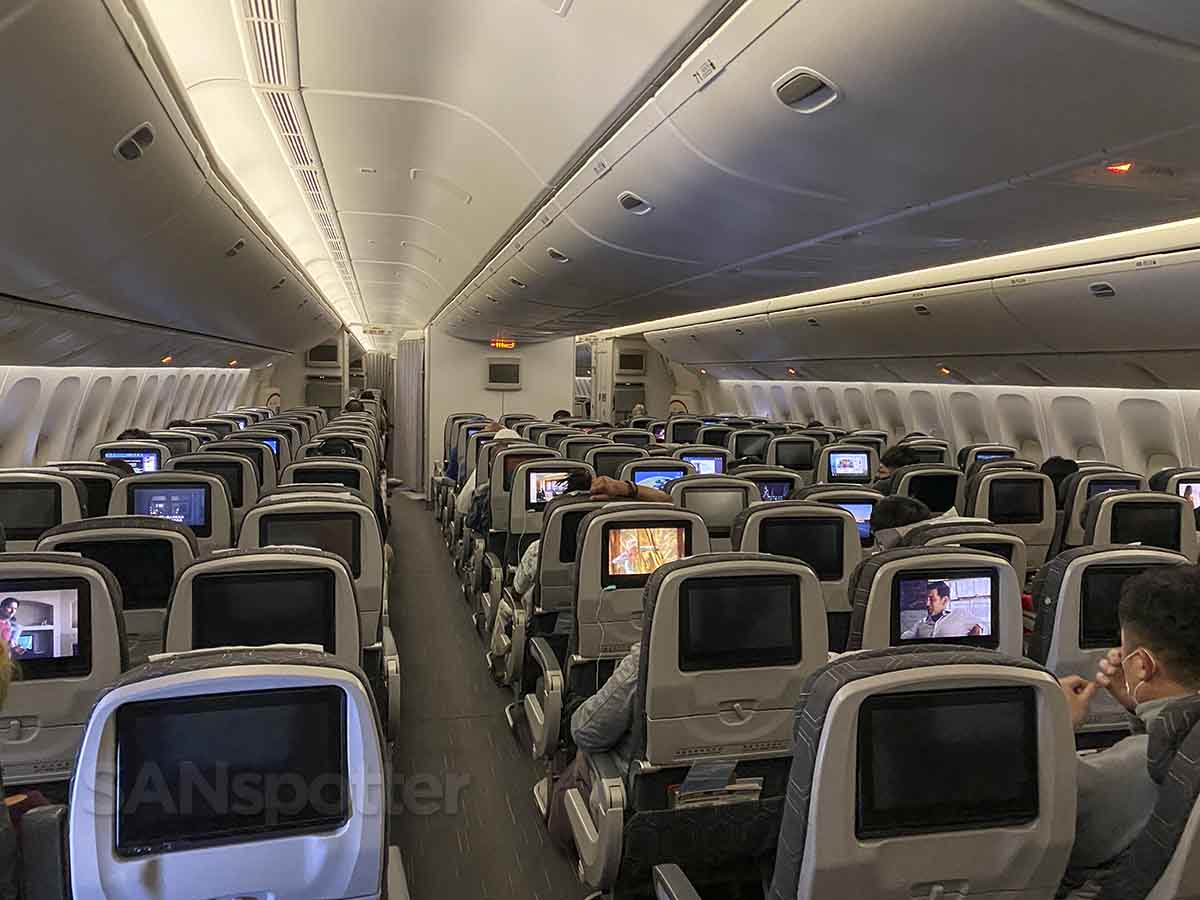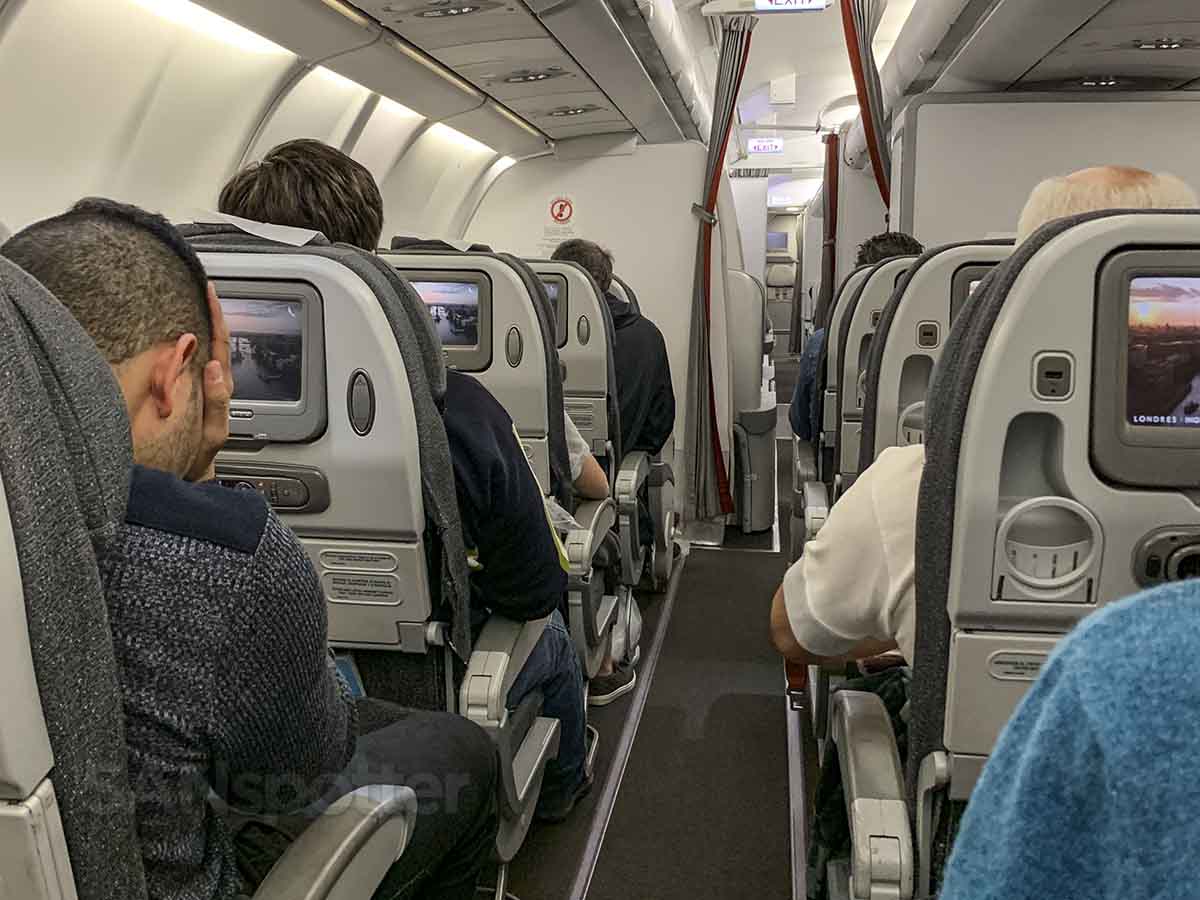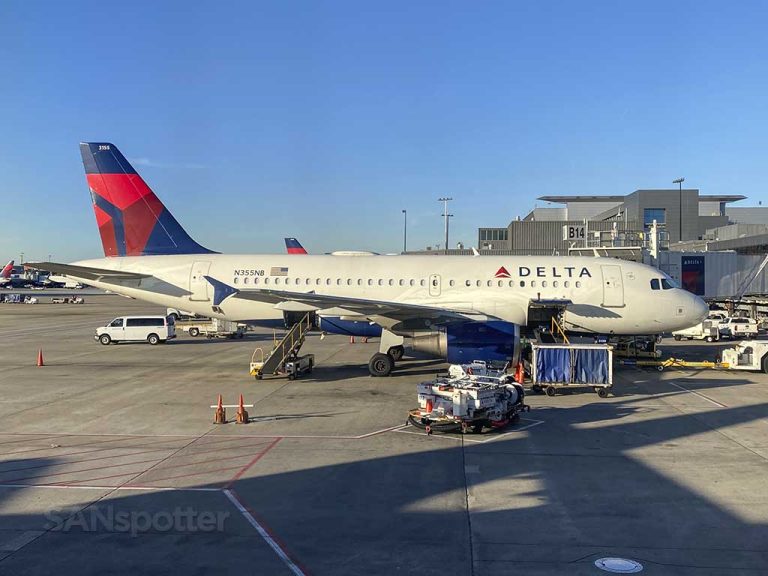If you fly internationally often enough, there’s a pretty good chance that you’ll find yourself having to choose between an Airbus A330 or a Boeing 777. Which is the better aircraft from a passenger’s perspective?
According to my flight log, I’ve flown on the A330 25 times (for a total of 107,387 miles) and the 777 37 times (for a total of 230,804 miles). After all that experience, I think that I prefer the 777 (all variants).
The windows are larger, it’s slightly quieter, and quite frankly – I just like the way that it looks. But it goes a lot deeper than that…
A brief history of both aircraft
Both the Boeing 777 and the Airbus A330 are products of the 1990s – a time when legacy long haul aircraft (such as the Boeing 747 and the McDonnell Douglas DC-10) were nearing the end of their useful lifespans. Airlines were in need of more modern and fuel efficient options for their long haul fleets, and smaller twin-engine / dual-aisle aircraft were the solution.
An oversimplified history of the Boeing 777
The Boeing 777 is the largest twin engine airliner in the world. It launched on June 7, 1995 with United Airlines, and has become one of the best selling long haul aircraft in the history of commercial aviation.

The 777 can carry up to 440 passengers, and fly up to 9,844 miles (15,842 km). Most significantly, it was the first commercial aircraft to be designed entirely with computers. Pretty neat! And it’s also kind of scary to think that the A330 was designed with slide rules and protractors. At least I hope they used protractors…
Read more about the 777 on Wikipedia
An oversimplified history of the Airbus A330
The Airbus A330 launched one year prior to the 777. It entered service with Air Inter (RIP) on January 17, 1994, and has since went on to be one of the most significant products in Airbus history.

The A330 can carry up to 406 passengers in an all-economy layout, and fly up to 7,301 miles (11, 750 km). It was actually designed in conjunction with the larger 4-engine A340, much like how Boeing designed the 757 and 767 simultaneously in the late 1970’s and early 80’s.
Read more about the A330 on Wikipedia
Stepping onto (and off) the 777 vs the A330
Call me weird (many people do), but I think that one of the most exciting parts of flying is stepping onto an aircraft. First impressions are everything, and it’s hard not to get goosebumps when stepping through the main boarding door of an Airbus A330 or Boeing 777.
Which is the better airplane to board?
Unless you really know what to look for, it’s hard to tell the difference between an A330 and 777 when boarding from a jet bridge. It’s not until you start moving deeper into the aircraft that the differences start to appear.




As a passenger, I prefer boarding the 777. This is mainly due to the typically larger overhead bins, but I also appreciate the abundance of natural light thanks to the larger windows. It’s a better first impression in my opinion.
Which is the better airplane to exit after a long flight?
Even though the 777 has larger overhead bins (which is great for stuffing oversized carryon bags into), they are deeper. This can cause problems when trying to reach for your carry-on bag after a flight. The A330 has the advantage here.


777 vs A330 cabin comfort
Comparing cabin comfort on two separate airplane types isn’t easy. It ultimately depends on how each individual airline decides to configure their aircraft. Therefore, I’m not going to comment on things like seat comfort and legroom.
Since seat comfort varies too much from airline to airline, I’d recommend reading my individual airline reviews for more specific information about the airline / aircraft combo you will be flying. That said, there are a few other more “generic” things to consider…

Which aircraft is quieter?
Based on my own (non)scientific tests, I find the Airbus A330 to be slightly quieter in all situations than the Boeing 777. It tends to be quieter on takeoff and at cruise, no matter if you’re seated ahead of the wing or behind it.
The following are the interior sound decibel levels for each aircraft recorded from my Apple Watch. Note that these sound levels are for cruise only – not takeoff:
- A330-200 (ahead of the wing): 70db
- A330-200 (behind the wing): 75db
- A330-300 (ahead of the wing): 70db
- A330-300 (behind the wing): 74db
- A330-900neo (ahead of the wing): 69db
- 777-200ER (ahead of the wing): 73db
- 777-200ER (behind the wing): 78db
- 777-300ER (ahead of the wing): 73db
- 777-300ER (behind the wing): 79db

Which aircraft has better humidity levels?
Although Boing claims cabin humidity levels on the 777 to be roughly 15% (which seems low), my real world experience tells me that the humidity levels on the Boeing 777 are higher than they are on the Airbus A330.
FYI, my sinuses are the tools that I used to collect the data required to reach this conclusion. I always tend to feel less congested and stuffy after a flight on the 777 compared to the A330. Your results may vary.

A330 vs 777 turbulence
Considering that the A330 weighs 100,000 pounds (45,359 kg) more than the 777, it’s no surprise that it feels a bit smoother in rough air. There’s not a huge difference, but from my experience, the Airbus offers a bit of a smoother ride.
777 turbulence characteristics
Compared to the A330, turbulence on the 777 feels sharper and more direct. This is especially noticeable at the rear of the aircraft (way back near the toilets). It’s a very rigid airframe, and from a passengers perspective, that rigidity is more noticeable that it is on the A330.

A330 turbulence characteristics
Explaining how an Airbus A330 feels in rough air is difficult. Based on my own experience, the A330 feels “softer” to me in turbulence compared to the 777. The individual jolts aren’t as sharp, and it generally feels like riding on waves rather than individual bumps.
Honestly though, this is a very exaggerated description. Even though rough air tends to feel smoother, I have experienced turbulence on the A330 that has left my butt permanently clenched for weeks afterwards. Turbulence isn’t any milder on the A330. It’s just different.

Which of these two aircraft do flight attendants and cabin crew prefer?
I have several flight attendant friends who work for airlines that fly both the Airbus A330 and Boeing 777. They all tell me that they prefer the 777 for the following reasons:
- The 777 features a dedicated crew rest area located above the passenger cabin. As you can imagine, this is a big hit with the cabin crew on longer flights.
- The galleys on the 777 are better organized than they are the A330. It’s basically a more efficient place to work.
- The 777 is wider than the A330 by 13 inches (33 cm), and on some airlines, the aisles on the 777 are wider. It ultimately depends on how each aircraft is configured.
It should be noted that none of my flight attendant friends had anything bad to say about the A330 when I asked them for their preferences. It’s just that given the choice, they would prefer working on the 777.


The winner (my opinion anyway)
Just as how vague I was in the conclusion of my Airbus A380 and Boeing 747 comparison, I am going to be equally vague here. Not because I’m trying to be difficult or anything. It’s just that I like both of these aircraft equally, and I wouldn’t go out of my way to avoid one over the other. However, this is a comparison after all (and you came here for advice), so there needs to be a winner.
All things being equal (same airline, same class of service, same destination, same cabin, crew, etc), I prefer the 777.
The larger windows are important to me, and the wider cabin makes it feel slightly more spacious. Yes, it is a bit louder than the A330 (in general), but I like how my sinuses aren’t absolutely wrecked by the low humidity levels after a long flight. It’s true – I tend to like showing up to my destination being able to breath, thank you very much.







Great comparison!
Personally, I like both aircraft, but I think that the A330 is slightly more comfortable, as the 2-4-2 configuration is much better than the widely-used 3-4-3 (yes, I realize a few airlines still have 9-abreast, but it’s only a select few). Much better for couples and families, plus cramming in an extra seat on the 777 makes the cabin feel very crowded and claustrophobic. 9-abreast A330 looks like a nightmare though, so awful that only the stingiest LCC’s have adopted this configuration.
Although, I like the Triple just as much, if not more. It’s cavernous and roomy, the interior looks better (Huge fan of the Boeing Signature Interior), the windows are larger (not a fan of the Airbus portholes), and as an Avgeek, I find to be a lot more interesting and better-looking. Particularly the 777-200LR.
Both are close to my heart, as the 777 was the first aircraft that I flew on in Business Class, and I’ve crossed the pond on many A330’s between the US and Spain.
Overall, I think I prefer the 777, but you can’t go wrong with either.
Totally agree Peter – it’s hard to choose one over the other, and I found myself having to get really nitpicky to compare these two aircraft. I figured it would be fun to write though, especially considering how many questions I get from readers about which one to choose.
I’ve flown on both the 777-300ER and the A330-300 by Turkish Airlines. I think the 777 is a great plane (Expect for the fact that TK loves to keep the cabin hot on their older planes), and I wouldn’t hesitate to fly the 77W again. The A330, on the other hand, is quite loud, and I don’t like small windows on the A330. Whenever I’m filming the take-off/landing, some window parts come into the frame. I think I have to agree with you. I prefer the 777. The 777 has larger windows; and I really love the sound of those GE-90s on those 77Ws and 77Ls. Great comparison by the way! I do want to fly on DL’s A330neo one day, though. It would be a great experience!
Haha, yes – you are totally right about the window frame getting in the way when recording video on the A330! I hate that. This is an issue on the A380 as well, so it’s definitely an Airbus thing. You are also very much correct about the GE-90 sound. Maybe I should include a sound category in my next comparison…
The 77w is much heavier than a A330-300?
WHAT ABOUT CABIN PRESSURE?
Both are fairly bad in my experience. My sinuses get destroyed on long flights on either aircraft.
I prefer the A330. The 777 leaves me thinking “how do the other passengers walk straight?” Also, the humidity on the 777 doesn’t seem to agree with me